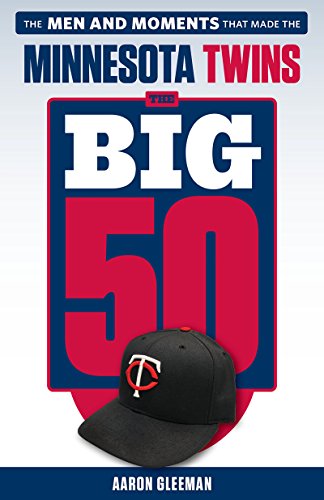January 15, 2008
Twins Notes: Money, Money, Money, and Money
At one point last season Morneau said that he'd be willing to sign a five- or six-year extension to remain in Minnesota, but reportedly turned down an offer from the Twins that was similar to the four-year, $33 million extension that Joe Mauer agreed to last winter. As good as Morneau has been and can be, his .276/.340/.498 career hitting line is just slightly above average for an MLB first baseman and paying that type of player something like $12 million per season would be risky for a team like the Twins.
Monroe and Brown were equally awful last season and neither player is an especially good bet at this point, but Brown's recent track record is clearly superior. Combined over the past three seasons Brown hit .279/.340/.428, including .289/.353/.488 against lefties. During that same stretch Monroe batted .254/.300/.439, including .281/.332/.481 against southpaws. Brown was seven percent more effective overall and five percent more effective against lefties, yet Monroe is set to make 2.5 times as much.
Cameron is 35 years old and has been suspended for the first 25 games of the season, but for a total commitment of $7 million he's a fine short-term investment. Cameron was once among the truly elite defensive players in all of baseball and remains a good center fielder, and he's hit .255/.341/.456 over the past two seasons despite playing in the majors' most extreme pitcher's ballpark. Take a look at how his numbers compare to Hunter's over the past three years and for their respective careers:
2005-2007 PA AVG OBP SLG OPS OPS+
Hunter 1677 .279 .335 .487 .822 114
Cameron 1628 .259 .342 .461 .803 112
CAREER PA AVG OBP SLG OPS OPS+
Hunter 4894 .271 .324 .469 .793 104
Cameron 6299 .251 .341 .445 .786 106
That the Twins were never even rumored to be in the mix for Cameron seemingly suggests that they're confident about acquiring a new center fielder via trade, in which case signing a 35-year-old makes little sense. However, if dealing Johan Santana or Joe Nathan doesn't net a good, young center fielder who can immediately fill Hunter's shoes then the fact that Monroe is making almost $4 million and Cameron is making just $7 million means that the Twins made a mistake somewhere.
Day is closing in on his 30th birthday and has thrown a grand total of 87.1 innings with an ugly 6.80 ERA since 2004 (with minor-league numbers that aren't much better), but was a ground-ball machine prior to his arm problems and possesses at least some semblance of upside. If signing Day keeps the Twins from bringing in this season's version of no-upside veterans like Ramon Ortiz and Sidney Ponson it's a plus whether or not he ever throws a pitch in Minnesota.
To put that in some context, 14 players received at least $1.8 million on their own and the average team forked over $4.5 million, including a half-dozen teams that spent over $7 million. Having two "extra" first-round picks also means having to give out two "extra" first-round bonuses, so the Twins may be even less likely than usual to select an elite player who has large bonus demands. MLB payrolls get most of the attention, but the draft is another area where money gives some teams a huge advantage.

